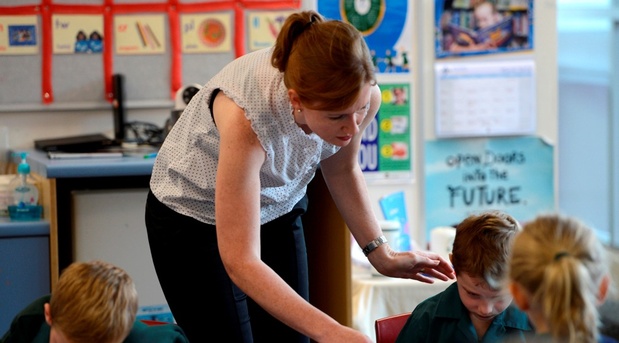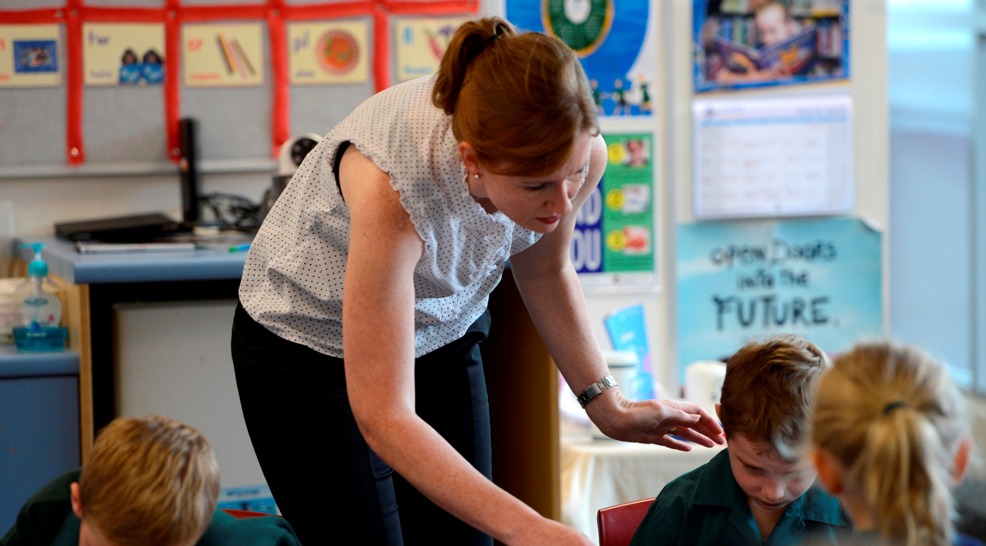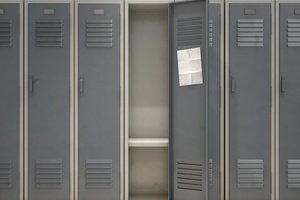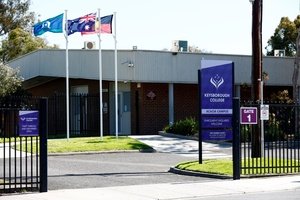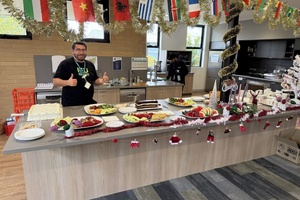Christine Rubie-Davies MNZM, is a professor in the School of Learning, Development and Professional Practice at the University of Auckland.
She’s been researching teacher expectations and their impact on student achievement for the best part of 20 years.
Time and time again, her research has shown when teachers expect their students can do well academically, achievement is higher than when they don’t.
And in one of her studies, students with high expectations teachers made more than two years’ academic growth in one year.
“These [expectations] have long-term effects because once a teacher has low expectations for a particular child, then that affects their achievement and then they tend to perpetuate,” Rubie-Davies tells EducationHQ.
“Long-term, it’ll predict the stream they end up in and then ultimately that predicts their life chances, because the stream often determines whether they can go to university or not or what kind of job they end up with.”
Rubie-Davies says outside of achievement itself, some characteristics which commonly predict teacher expectations are ethnicity, gender, socio-economic status, ESL and special needs.
She also believes teacher expectations have contributed to the persistent achievement gap between Māori, Pasifika and Pākehā students.
While ending streaming for all students by 2030 is the goal of Kōkirihia, an advocacy working group led by Ngāi Tahu and including the University of Auckland, many schools still group students according to their perceived level of ability.
And Māori and Pasifika students are disproportionately assigned to the lowest group.
“The kids in the higher groups, they tend to get much more exciting, stimulating, challenging kinds of activities, whereas the kids in the lower groups tend to get low-level, boring, repetitive, worksheet-type activities, and you end up teaching the kids different things,” Rubie-Davies explains.
The researcher says there are a lot of negative stereotypes around Māori in particular, many of which she has encountered in her work.
“I’ve known teachers to even acknowledge that Māori students should be in higher groups, but say, ‘I can’t put them there because their parents don’t care about their education, or they don’t help them with their homework’.
“But they don’t know, they’ve never actually been to their homes,” she says.
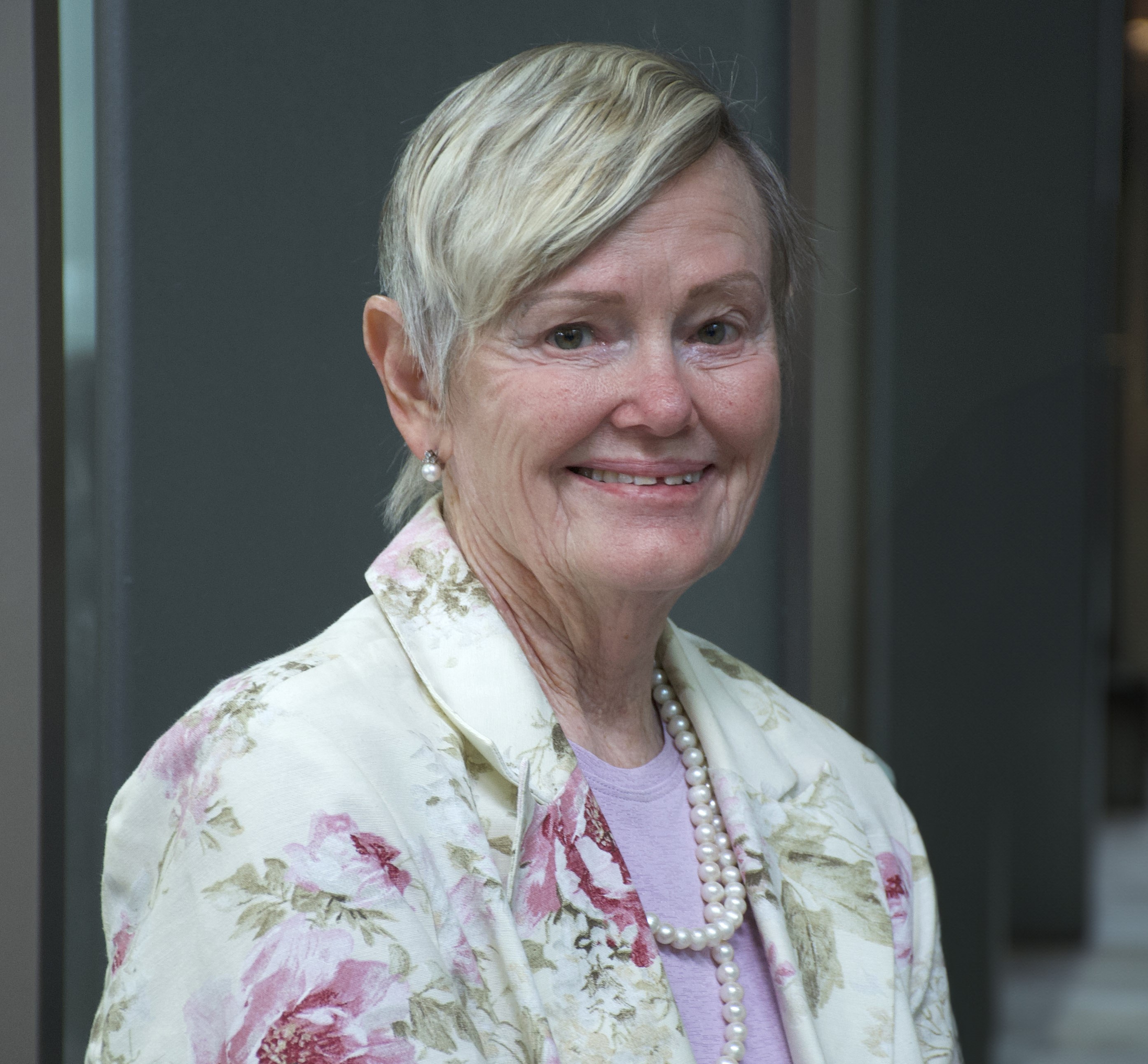
Professor Christine Rubie-Davies' research from as far back as 2007 has shown that students with high expectation teachers make more than two years’ academic growth in one year, compared with students in other classes who make little progress over the same year.
The good news for school leaders and their students, is that high expectations teaching can actually be learned.
Rubie-Davies conducted an experiment several years ago involving a group of 83 teachers, of which some were chosen at random to be trained in high expectations practice.
After one year, the academic says the students who were with teachers who had learned high expectations behaviour achieved at much higher levels than the students who were with control group teachers.
“We also analysed that data by school, by class level, by gender, by ethnicity, and it didn’t matter how you carved the data up, if the students were with an intervention teacher they did better,” she says.
“I actually spend a lot of my time now training teachers in high expectation practices.”
In her doctoral research, Rubie-Davies developed three key principles behind high expectations teaching practice, which are the use of mixed or flexible grouping, goal setting with students and a warm and supportive classroom environment.
“In mixed ability grouping teachers use a lot of collaborative and cooperative kinds of activities, but they might [also] have workshops where they pull kids out for specific skills,” she explains.
“First of all, they’ll often say things like, ‘I’m going to teach rhyming words today’, if it was a junior class, ‘anybody who wants to learn about rhyming words come down with me’.
“So the kids are opting into it, and the teacher can still say, ‘oh Johnny, you might like this, you could come and help us with this as well’.”
This way, Rubie-Davies says, the learning groups are changing every day, which is one of the most important factors.
“And then the class climate is about teachers forming really close relationships with all of their students, getting to know all of them, and also fostering very strong peer-to-peer relationships so they create a classroom community where everyone is supporting each other,” she adds.
“Then goal setting has to do with using assessments which gives goals, that teachers then use for kids in terms of their learning.
“So they have very clear goals and that increases student motivation and engagement, so they end up achieving more just because they’re more motivated and engaged.”
For principals wanting to create a culture of high expectations in their school, Rubie-Davies’ advice is simple – make the three high expectations principles core business.
“Immediately that will lift student achievement,” she says.
And just as teachers must create a warm and supportive environment for their students, principals have to do the same for their staff.
“If you’re going to create a culture of high expectations, then you have high expectations of your teachers, but you also provide that care and support, so the wellbeing of teachers is looked after as well. I do think that’s important.”

